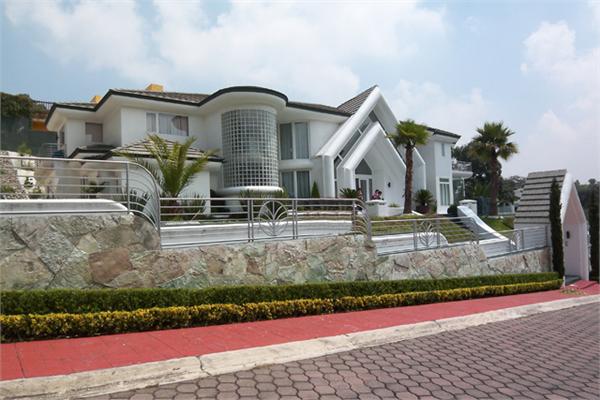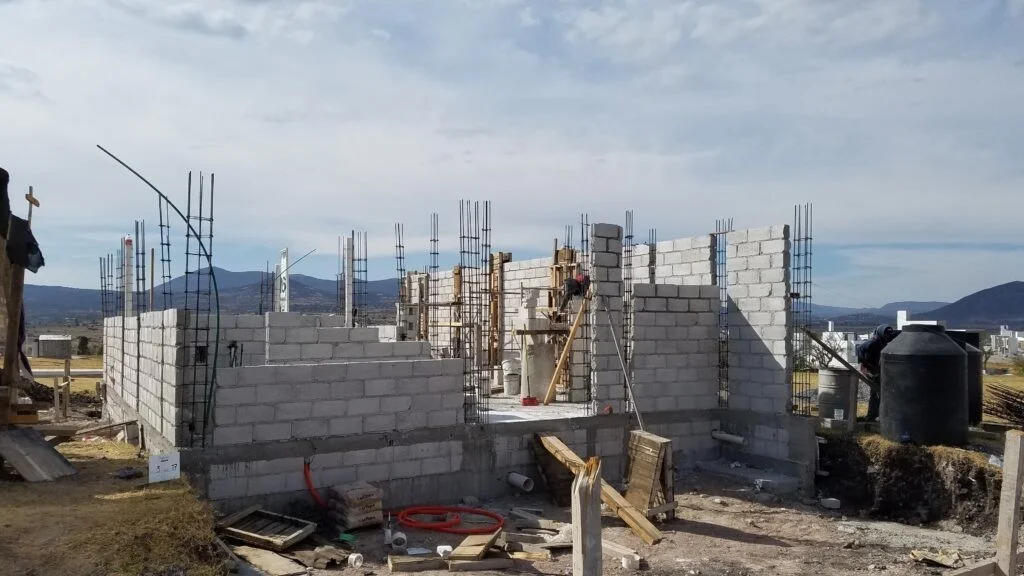The cost of building a house in Mexico can vary significantly based on several factors, including location, size, materials used, labor costs, and the specific design preferences. Generally, building costs in Mexico can be lower compared to many developed countries, but it still depends on various local factors and the quality of construction desired.
The approximate cost to build a house in Mexico could range from around $50 to $150 USD per square foot for a standard construction. However, this is a very rough estimate and costs could be significantly lower or higher depending on the factors mentioned earlier.
What influences house construction costs in Mexico?
These components help in creating a more precise estimate for building a house in Mexico. Each factor contributes significantly to the overall cost, and considerations in these areas can help in planning and budgeting effectively for a construction project in Mexico.
Location-based cost variations
Urban areas typically have higher land prices, stricter building regulations, and more expensive labor compared to rural regions.
Different states or cities within Mexico can have varying costs due to local economic conditions, availability of materials, and demand for labor.
Remote areas might have higher transportation costs for materials and labor, impacting overall construction expenses.
Size and design considerations

Larger houses naturally incur higher costs due to more materials and labor required. Intricate architectural designs or non-standard shapes often lead to increased construction expenses due to specialized labor and materials.
Specific features like smart home technology, custom fittings, or high-end finishes can significantly raise construction costs.
Materials and quality standards
Costs can vary based on the types of materials used, such as concrete, brick, wood, or steel. Prices fluctuate based on availability and quality. Higher-quality materials tend to be more expensive but can contribute to long-term durability and lower maintenance costs.
Investments in energy-efficient materials or green building practices might increase upfront costs but lead to savings in utilities over time.
Labor costs and availability
Skilled workers, such as carpenters or electricians, command higher wages, impacting overall construction expenses. Availability of skilled labor in a particular region influences wages and, consequently, the overall cost of construction. Construction demand fluctuations throughout the year can affect labor availability and impact pricing.
How are the costs of building a house in Mexico broken down?
These detailed cost breakdowns aids in developing a comprehensive budget for building a house in Mexico. Careful consideration of each element is crucial to avoid unexpected financial surprises during the construction phase.
Land acquisition and preparation expense
Prices vary depending on location, proximity to urban centers, scenic views, and accessibility to utilities.
Clearing land, grading, leveling, and excavation work needed before construction can commence.
Expenses related to connecting to utilities like water, electricity, sewage, and roads if not readily available.
Construction materials and their pricing:
Costs for concrete, footings, and other materials required for the house’s base Expenses for walls, roofing, flooring, insulation, windows, doors, and other structural components.
Costs associated with finishing touches such as paint, tiles, fixtures, and fittings, vary based on quality and design preferences.
Labor costs and skilled workers’ wages
Wages for carpenters, electricians, plumbers, masons, and other specialized workers. Costs for general laborers involved in tasks like hauling materials, cleaning, and basic construction assistance.
Additional expenses for overtime work or specialized skills that might incur higher charges.
Permits, taxes, and regulatory fees
Fees for obtaining construction permits and complying with local building regulations. Annual taxes based on the value of the property and its improvements.
Expenses related to hiring legal professionals or consultants for navigating regulations and compliance.
Additional expenses (utilities, landscaping, etc.)
Costs for connecting to and installing water, electricity, gas, and sewage systems. Expenses for outdoor enhancements, such as gardens, pathways, fences, and irrigation systems. Unexpected expenses, contingency funds, or adjustments during the construction process.
What factors impact construction expenses in Mexico?

Considering these factors is crucial for estimating and managing costs effectively when planning a house construction project in Mexico.
Regional disparities in construction expenses
Urban centers typically have higher land prices, stricter building codes, and higher labor costs compared to rural areas.
Regional differences in supply and demand for construction materials and labor can significantly impact costs.
Varying building codes, permit costs, and fees across different municipalities or states can affect overall construction expenses.
Influence of design complexity on overall expenditure
Complex designs, unique shapes, or intricate detailing usually require more labor, specialized skills, and materials, thus increasing costs.
Incorporating specialized features such as curved walls, custom fittings, or unconventional building materials can escalate expenses.
Designs that demand structural engineering expertise may increase costs due to the need for specific calculations and materials.
Comparative costs of different building materials
The availability of certain materials in specific regions can impact their cost. Locally sourced materials might be more affordable than imported ones.
Higher-quality materials often come at a higher price but may offer long-term cost savings due to reduced maintenance or higher resilience.
Energy-efficient materials, though initially more expensive, can lower utility bills over time, influencing overall lifecycle costs.
Economic conditions and inflation rates
Fluctuations in inflation rates can affect material and labor costs, potentially leading to price increases during the construction period. If materials or equipment are imported, currency fluctuations can impact their costs in local currency terms.
Economic downturns or uncertainties may impact construction demand, influencing labor availability and pricing.
FAQ’s
Is real estate in Mexico cheap?
Real estate prices in Mexico can vary based on location; some areas may offer more affordable options compared to others, but it depends on various factors.
Is it cheaper to buy a house or build a house in the US?
The cost effectiveness of buying versus building a house in the US depends on factors like location, market conditions, and personal preferences regarding customization.
Is owning property in Mexico a good idea?
Owning property in Mexico can be a good investment opportunity due to factors such as favorable prices in certain areas, potential for rental income, and lifestyle benefits.
Is it cheaper to live in Mexico or the US?
Generally, the cost of living in Mexico is lower than in many parts of the US, including expenses related to housing, healthcare, and everyday goods and services.
Can I live in Mexico if I buy a house?
Owning a house in Mexico doesn’t automatically grant residency, but it can facilitate certain types of residency permits or visas, depending on the individual’s circumstances.
Final Words
Building a house in Mexico entails various fluctuating costs influenced by location, design, materials, labor, and economic factors. Estimated at $50 to $150 USD per square foot, construction expenses hinge on locality-specific aspects. Urban areas generally incur higher expenses due to land prices and labor rates, contrasting rural regions. The house’s size, complexity, and material quality also shape costs.
Factor in land acquisition, labor wages, materials, permits, and unforeseen expenditures. Regional disparities, intricate designs, material choices, and economic fluctuations distinctly impact construction expenses.
